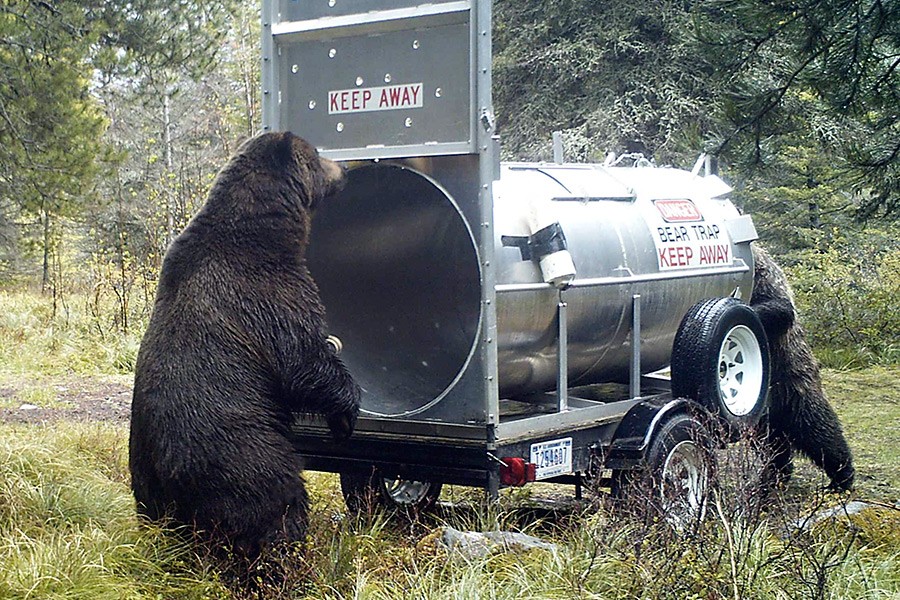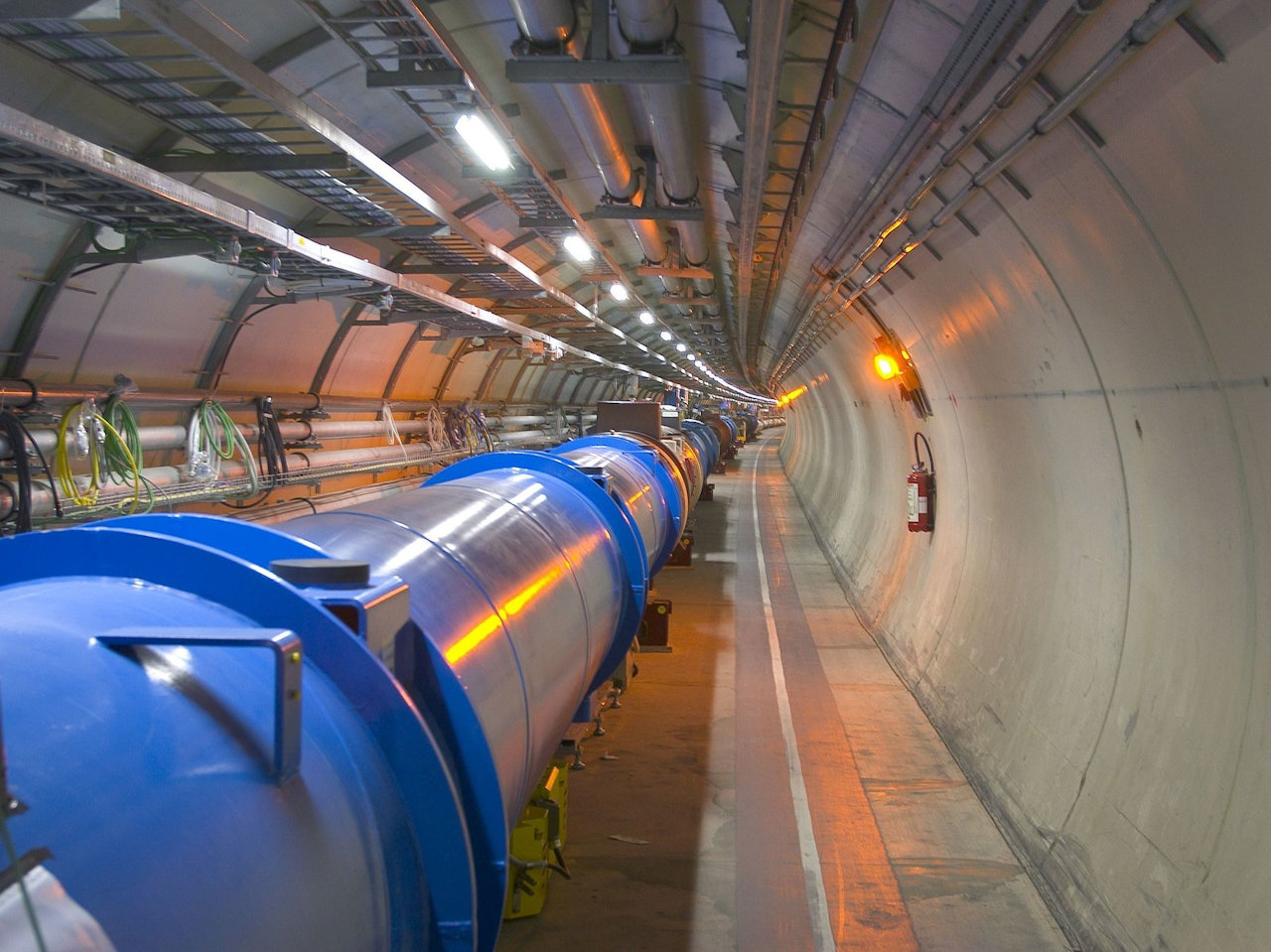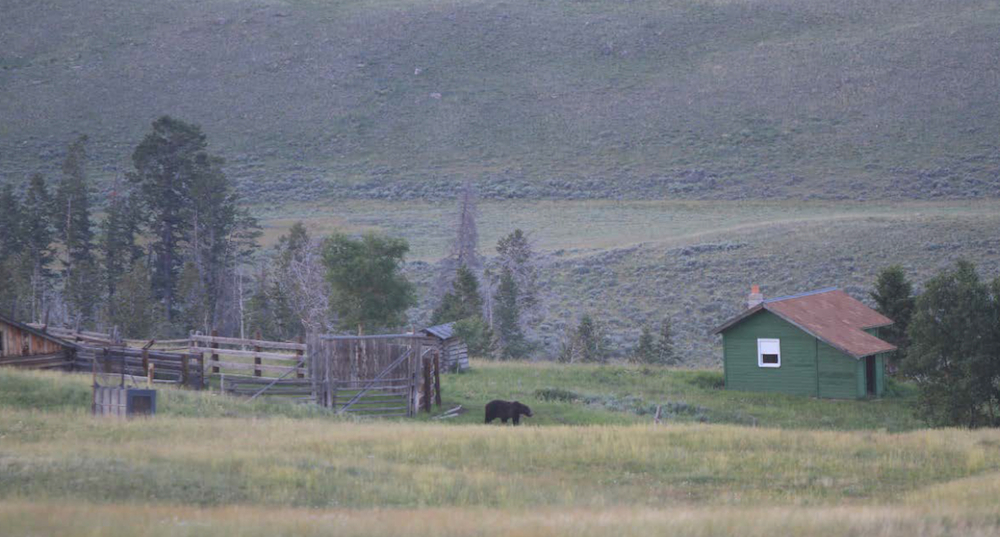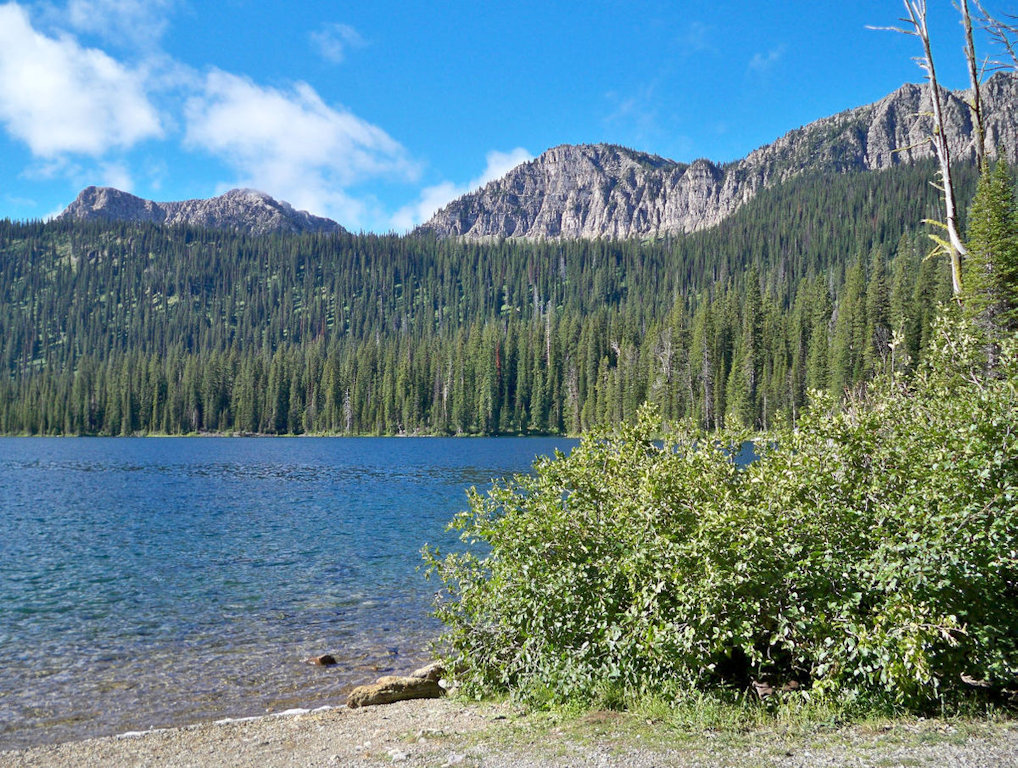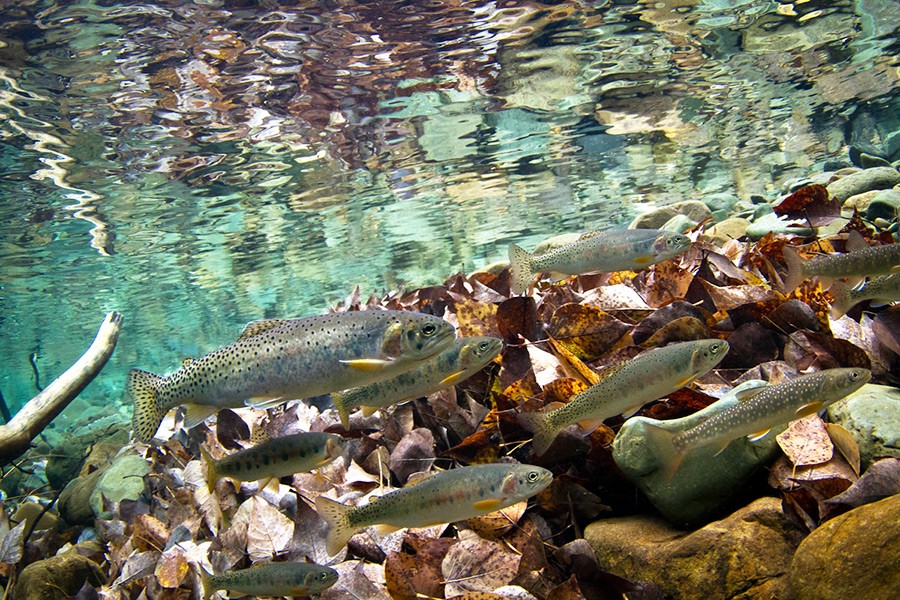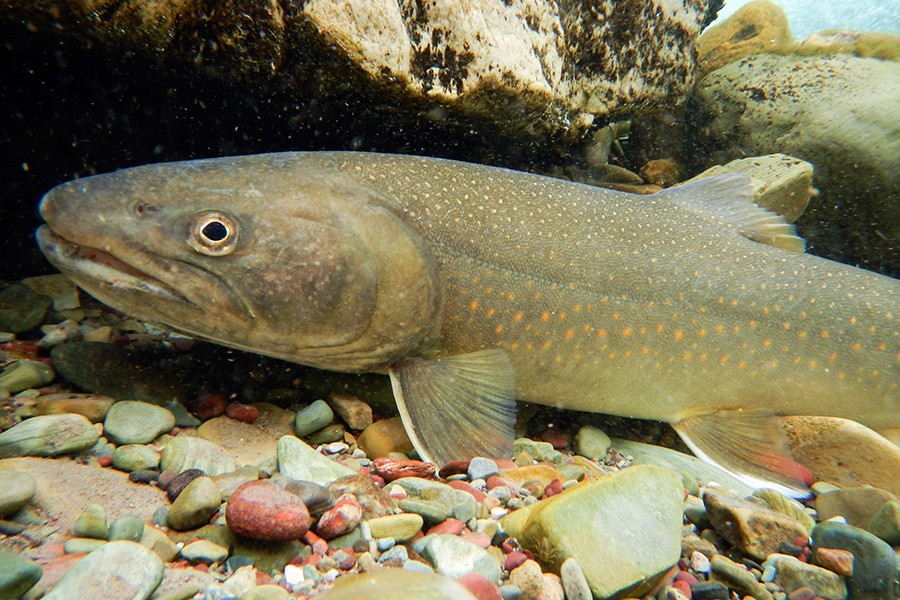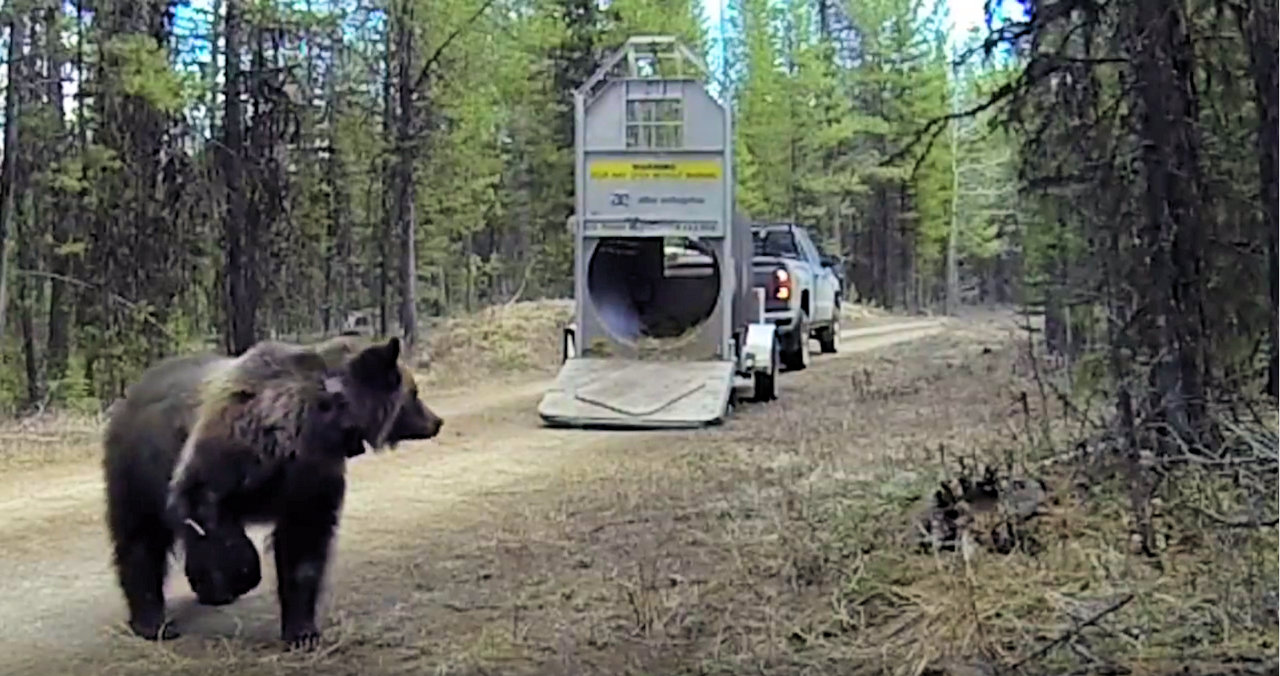U.S. Interior Secretary Sally Jewell was at Hauser Lake near Helena last Tuesday, talking about public lands and funding. Kudos to Debo Powers for spotting this one . . .
U.S. Interior Secretary Sally Jewell spoke to a crowd of public land employees and conservationists at Hauser Lake northeast of here Tuesday to promote public land and full and permanent funding of the Land and Water Conservation Fund, raise awareness about the outdoors economy and unveil new funding for youth in conservation.
Speaking to the media afterward, she commented on the recent takeover of a national wildlife refuge in Oregon, the cancellation of an oil and gas lease in the Badger-Two Medicine area earlier this year and her decision not to visit coal-dependent communities in southeastern Montana.
Sen. Jon Tester, D-Mont., who traveled with Jewell, said Devil’s Elbow at Hauser Lake, a Bureau of Land Management campground, was a befitting place for the discussion because it has benefited from LWCF money in the past.
